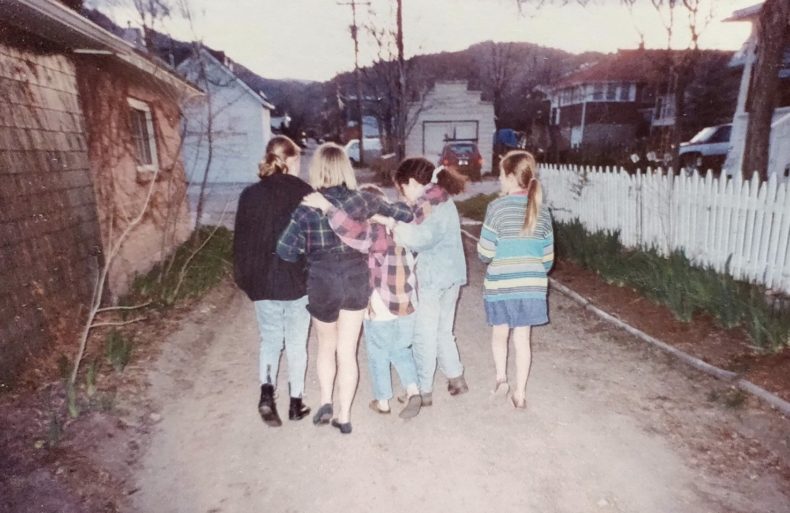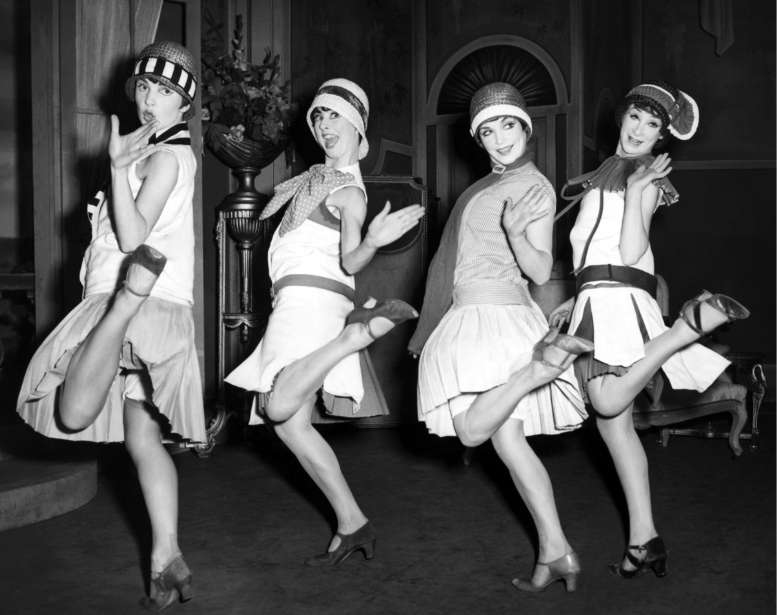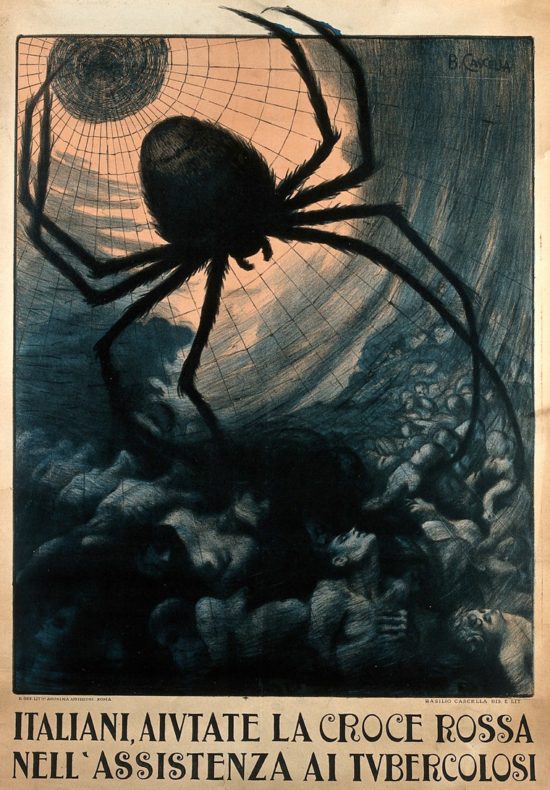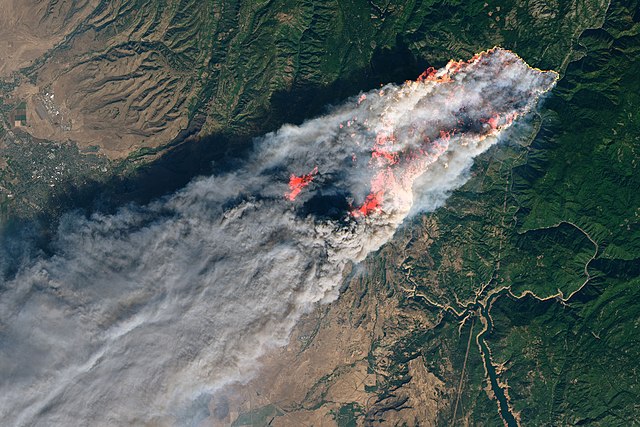
The other night we were supposed to see a meteor shower with fireballs. That’s what they predicted, fireballs. My gal and I went out on the deck in the late fall chill, dropped a single sleeping pad, covered ourselves in a blanket, and stared up at a midnight quarter moon.
The Taurid meteor shower and its fireballs would have been visible between Aldebaran and the Pleiades, and a little to the right, except for the moon in our faces. We couldn’t see a thing around it, holding up our hands, shielding our eyes.
We live near the Colorado-Utah line, which is some of the clearest and darkest there is. The nearest town is certified as a Dark Sky Community, granting international recognition, a big deal for a high desert burg of 526 people. We live over a hill out of town and down near the rim of a canyon that looks across a horizon of nobody. Stars are numerous and crisp. Looking up, she calls the Milky Way the Galactic Chiropractor.
We’ve been watching the night sky for most of human evolution, nothing but space overhead. It’s not a habit you shake. We see supernovas and comets, the sky busy with far more than its seasonal cadence. You’ll notice Mars the night it enters retrograde. One night it’s moving ahead through the stars, and the next it’s turned around and swimming the other way.
Continue reading




